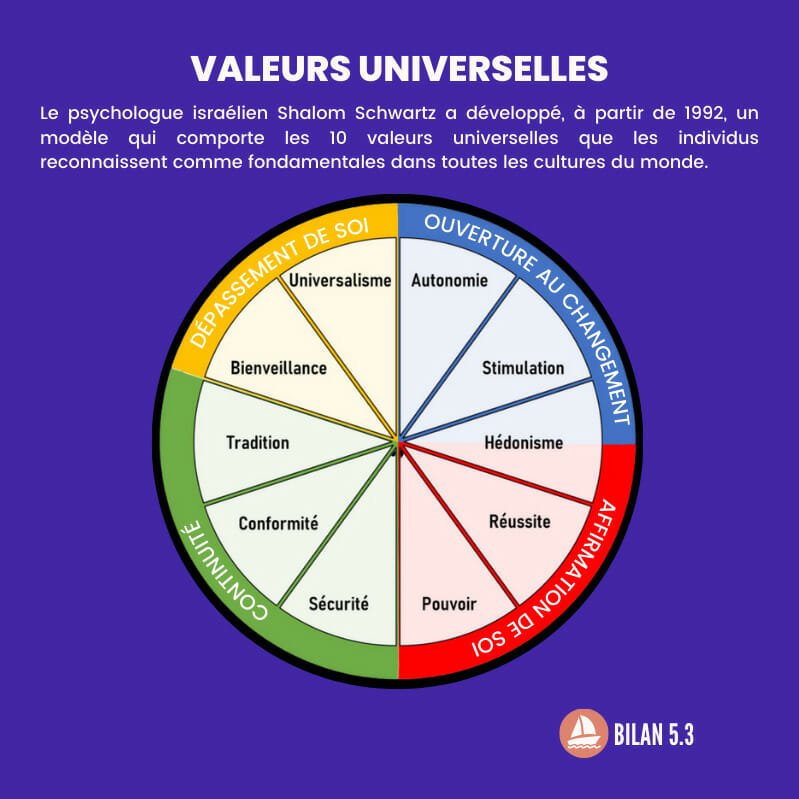By analyzing cells from autistic subjects, scientists have shed light on a molecular process that could be at the origin of this disorder. Explanations.

Is autism spectrum disorder caused by a mutation in a gene? In any case, this is the thesis defended by researchers at McGuill University in California. In an article published in the journal Stem Cell Reports, they argue that a molecular mechanism could play a role in the development of this neurobiological disorder.
The key role of the GRIN2B gene
Still wrongly considered to be a psychiatric illness, autism is actually an early disorder in brain development, particularly affecting the formation of neuronal connections.
One gene has caught the attention of researchers: GRIN2B, known to cause autism when it is mutated. Almost all genes in humans have two copies. A mutation in one copy of GRIN2B is sufficient to cause moderate intellectual disability as well as autism.
The researchers tested the GRIN2B gene mutation by taking skin cells from patients that they genetically engineered into brain cells.
This is the first time that the mutation of the GRIN2B gene has been observed so finely in human cells. “The protein, made from this gene, is typically studied in the context of maturing or mature neurons, primarily in rodents. We found that human neural stem cells derived from patients themselves and thought to be cells immatures also produce this protein “, explains Prof. Carl Ernst, a specialist in psychiatric genetics. According to him, this protein “also plays a key role at a much earlier stage of development (of the autism spectrum disorder) than previously thought”. Namely, from the stage of neural stem cells.
Because until now, the GRIN2B gene was considered important only in more mature neurons, helping them to communicate with each other. On the contrary, this new work shows that the GRIN2B gene clearly has a function at the stage of neural stem cells.
Other tests needed
Using genetic engineering technology, Prof. Ernst’s team was even able to repair the patient’s mutation in a cell culture dish and reverse the effects seen until the stem cells looked like cells. healthy. Future research should expand these results by testing whether other autism genes, which are thought to be important only at advanced stages of development, are also essential at an early neuronal stage.
Because, as Professor Ernst points out, “Autism spectrum disorders are a collection of hundreds of very rare diseases, caused by mutations in many different genes, but which come together in a particular constellation of symptoms.” “We need to look at these disorders from a gene-driven approach rather than a specific clinical classification,” he concludes.

.















